
by Sandra Gulland | May 17, 2019 | Adventures of a Writing Life, Mistress of the Sun, Resources for Writers, The Josephine B. Trilogy, The Writing Process, Work in Process (WIP) |
In Canada, I have a tall narrow bookcase of books—one of many I have in our house. This one includes poetry, novels I’m either reading or would like to read, and an embarrassing number of books on writing. I am a collector, apparently, a collector of books on writing.
This morning, as I was drinking my delicious mug of decaf, I took three black binders down from the top shelf. I was curious: what were they?
One was a collection of printouts of writing exercises by the New York agent Donald Maass. Another, a thick, heavy binder, was labelled Truby. In it were printouts from master story guru John Truby. I have a lot of Truby—including a series of tapes and his book The Anatomy of Story (which overwhelms me at the first chapter every time I open it). I recalled that at one time Truby offered interactive story analysis on his website; I think it was free, an amazing offering. All the printouts were from his website.
The third binder, labelled Story Tools, was of a middling size. The first page was a list of Sarah Waters’ instructions on how to write a historical novel. Her wise words are no longer online—at least not that I can find—so here it is, my gift to you. (Click here to see the full pdf.)
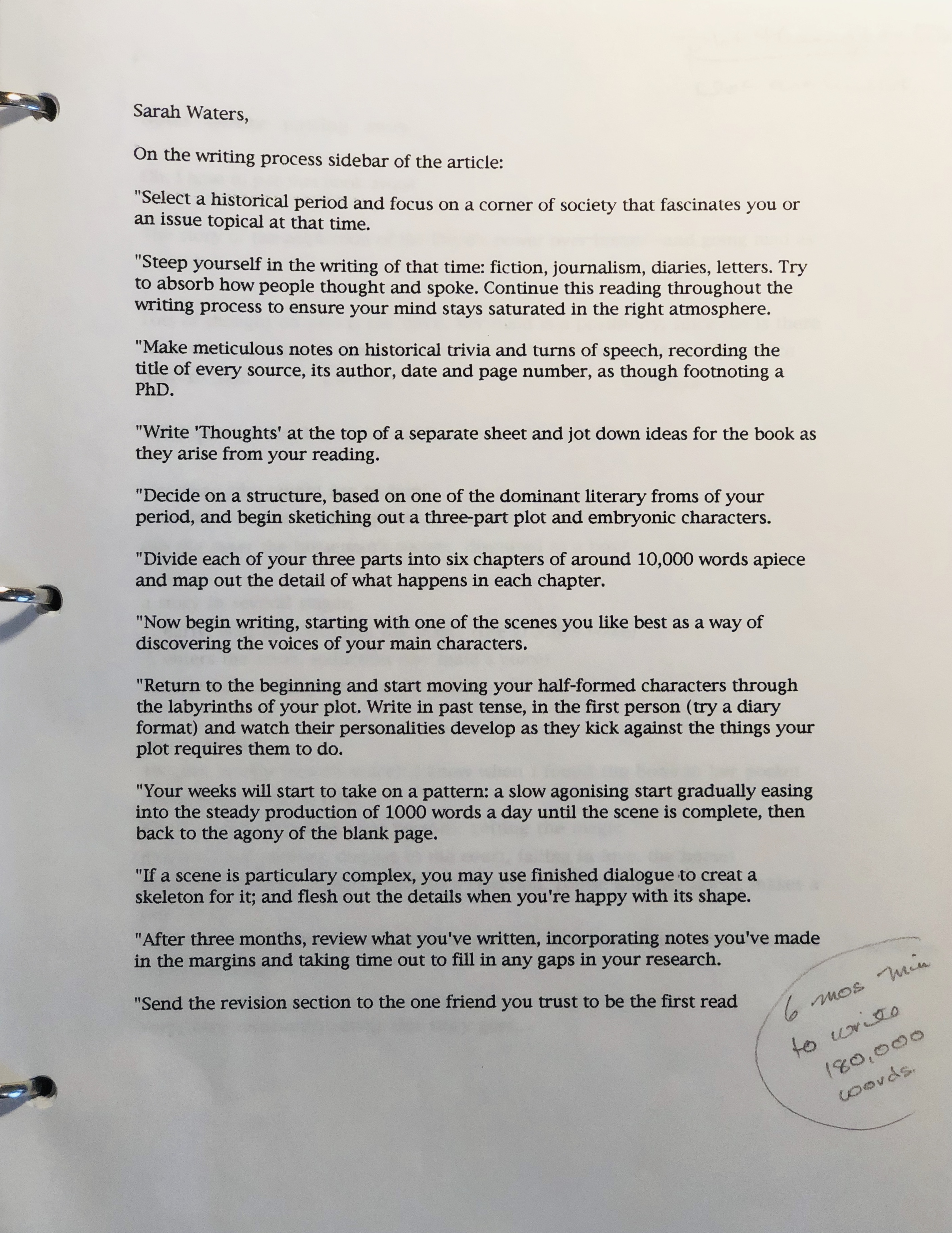
In the corner I had written: 6 mos min to write 180,000 words.
I wondered when I had written that note. The second page in the binder gave a clue.
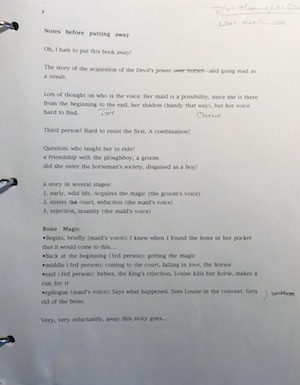
Notes before putting away.
I must have written this after I’d been offered a contract to write the Josephine B. Trilogy. Several months before I had finally completed an acceptable draft of The Many Lives & Secret Sorrows of Josephine B., the first novel in the Trilogy. While my agent was looking for a publisher, I had started work on what was to become, nearly two decades later, Mistress of the Sun. On signing a contract for a trilogy, I reluctantly put the project away.
So: all this was Very Long Ago, as I was setting out on this 32-years-and-counting writing adventure.
Sarah Waters’ advice on how to write a historical novel is a treasure. I’ll be returning to it.
The photo at top is of Sarah Waters, 2010, by Sam Jones, as seen in the article in the Guardian on Sarah Waters’ 10 rules for writers (rules which are, of course, spot on).
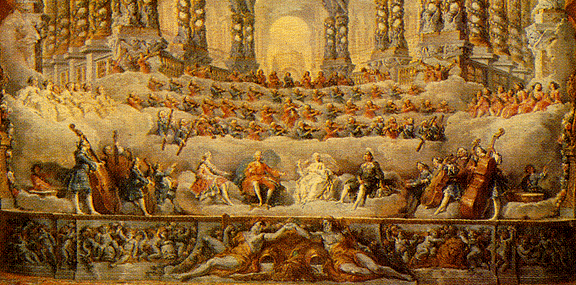
by Sandra Gulland | Dec 17, 2018 | Mistress of the Sun, Recommended Books, Movies, Podcasts, etc., Resources for Book Clubs, Resources for Readers, The Shadow Queen, The Sun Court Duet |
The Baroque era in music generally spans 1600 to 1750. Mistress of the Sun and The Shadow Queen fall in what is called the “High Baroque” period (1650-1700), when French music rose to one of the peaks of its own unique expressive style.
Today, the best-known French Baroque composers are Jean-Baptiste Lully (1632-1687), Marc-Antoine Charpentier (1643-1704) and Jean-Phillippe Rameau (1683-1764).
Jean-Baptiste Lully
Lully, a dancer and violinist born in Italy, became the court composer to Louis XIV in 1661, and a personal friend of the King. For over twenty years, he created the soundtrack underpinning all great occasions during the Sun King’s reign, including church music, operas, ballets, and much, much more.
YouTube has free excerpts of French Baroque music performed by ‘period’ ensembles, or groups that play using instruments and styles similar to those used at the time.
This excerpt of Lully’s brilliant opera Armide (1686), performed by Les Arts Florissants, directed by William Christie, gives an idea of the beautiful sounds of this period. This excellent group regularly plays and records French Baroque music. Also look out for Le Concert d’Astrée, directed by Emmanuelle Haim, and the work of Le Concert des Nations, directed by Jordi Savall, amongst many others.
Marc-Antoine Charpentier
Charpentier’s life was not so charmed. Labouring in Lully’s shadow, but arguably of equal talent, Charpentier never succeeded at getting an all-important court appointment but depended largely on the support of the powerful Jesuits. Even after Lully’s death in 1687, groups of Lully’s fans decried Charpentier’s work, insisting it was ‘too Italian’ to be truly French music. This hindered his success in his own lifetime, but his music is extraordinarily beautiful: you can listen to a live performance of a sonata for eight instruments here, played by the orchestra of Les Folies Françoises. Charpentier’s operas, like Médée, and oratorios, like David et Jonathas, are well worth seeking out on CD, but they’re best of all in live performance!
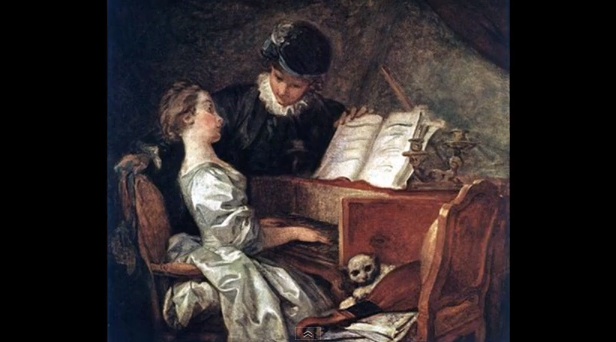
Jean-Phillippe Rameau
Where Lully was France’s greatest composer of the seventeenth century, Rameau was the giant of the eighteenth: he began his career as a celebrated music theorist and teacher and a composer of keyboard pieces, like the Pièces de clavecins (here played by Blandine Rannou).
Rameau only started writing opera at the age of 50, but they astonished the Parisian community, and immediately caused great conflict with the conservative fans of the sounds of Lully. He still met with great success, and collaborated with many fine authors, including Voltaire, to produce brilliant opera. ‘Tristes apprêts, pâles flambeaux’ is just one song from his opera Castor et Pollux; the video contains French and English subtitles, as well as glimpses of the musical manuscript and stills from the 2006 film “Marie Antoinette.”

You might also enjoy …
Although not necessarily a perfect historical or geographical fit, I enjoy the following YouTube links for background listening. (You might notice that they have a somewhat different sound from the examples above. Most of these are played on what we think of as modern instruments, whereas the examples above are played on “period” instruments, and are, therefore, closer to the original sound.)
The Best of Baroque: with renowned harpsichordist Ed Clark, violinist Brunilda Myftaraj and cellist Kathy Schiano.
Baroque Garden for Concentration — No. 7
Airs de Cour — French Court Music from the 17th Century.
From the “High Baroque” period in Venice:
Vivaldi’s Flute Concerto in D Major, RV429, played by the Accademia Montis Regalis.
Vivaldi’s Flute Concerto in G minor, ‘La Notte’, Op.10/2, played by Europa Galante.
‘Winter’ from Vivaldi’s Four Seasons, played by the excellent Il Giardino Armonico.
Educational overviews:
For an educational overview, I recommend Best Baroque Music Composers, French Baroque (a lecture on “High Baroque” style plus recordings) and My favourite Baroque music.
A CD recommendation:

A beautiful CD, should you wish to purchase, is Chorégraphie, Music for Louis XIV’s dancing masters, by Andrew Lawrence-King.
Enjoy!
Most all of the knowledgeable information on this page is from Dr. Katie De La Matter, a scholar and performer of Baroque music. Thank you, Dr. Katie!
Information about the glorious image at the top can be found here.
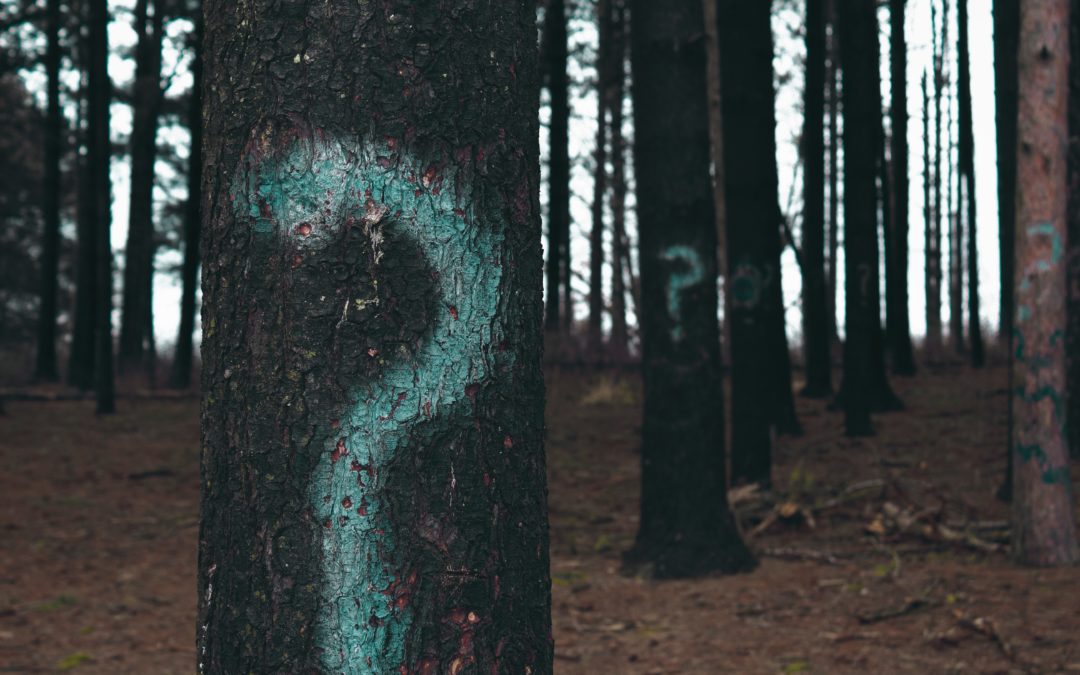
by Sandra Gulland | Apr 1, 2018 | Mistress of the Sun, Questions Readers Ask, The Game of Hope, The Shadow Queen, The Writing Process |
Readers often ask, “What’s next?” The answer to that question depends on when the question is asked, of course. What follows is an evolving diary, begun many, many years ago.
A reader wrote some time ago:
Are you going to write more stories about the court of the Sun King?
Yes!
You did such a great job with the historical details and as I have studied Louis XIV and his court— there are plenty of interesting stories to tell (including the adventures of the Princess Palatine, even La Grande Mademoiselle and Lauzun, a couple that united even after a prison term and old age only to break up over greed).
Indeed! By the way, I love La Grande Mademoiselle, but have yet figured out how to tell her story.
You could even do a trilogy of Louis XIV’s Mistresses— you’ve done La Vallière, next could be Montespan, then Maintenon (the king’s mistress, then second wife).
I believe she’s onto me.
Or a novel on Princess Henrietta as she has a tragic back story with her father being killed, her brothers Charles and James, and she had several romances during her marriage to her cousin Monsieur that are interesting reading, including one lover who was her husband’s boyfriend who falls for Henrietta and became a master of disguise to see her at any cost (De Guiche–who visited her as a fortune teller, a litter bearer and in a domino so he could romance her in Philippe’s presence at a masked ball).
What wonderful suggestions these are. Henriette would indeed be a fantastic subject.
I especially love the De Guiche stories, and in fact wrote many scenes of him hiding in the fireplace and disguised as a fortune-teller, etc., but these scenes, like many, many others, now reside in my cut file.
What I wrote in answer to this letter above:
I am considering writing a novel about Athénaïs (Montespan), but it might focus on her first engagement more than her relationship to the king. I’m not sure. It could also be a story told from the point-of-view of Des Oeillets, her maid who was the go-between between Athénaïs and Voisin, the convicted poisoner.
As this reader points out, there are a wealth of wonderful stories to be told. The hard part is choosing. It took me eight years to write Mistress of the Sun because I kept changing perspectives. I even included the unforgettable Mademoiselle at one point.
I did, in fact, eventually choose to tell the story of The Shadow Queen from the point of view of Des Oeillets (Claudette).
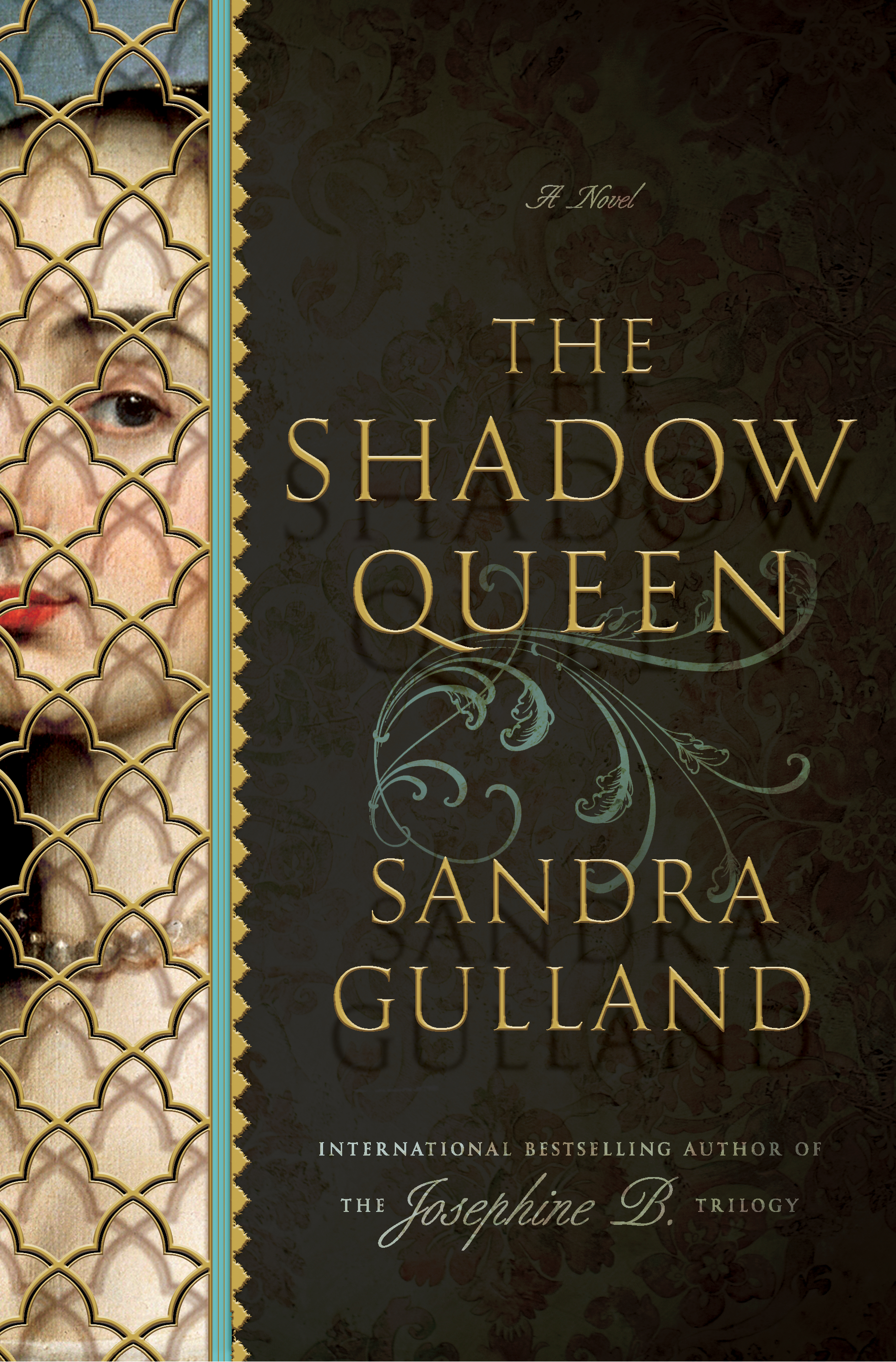
But to answer, “What’s next?” I am writing a Young Adult novel based on the teen years of Josephine’s daughter Hortense. I am back in the Napoleonic world!
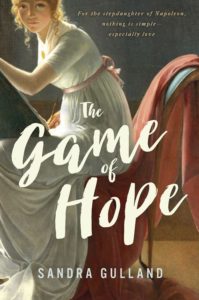
It’s Easter 2018, and Hortense’s story, The Game of Hope, will soon be published in Canada, two months later in the U.S.
As for what’s next? I’m writing — or, at least I think I’m writing — a novel about a teen, a girl falconer in Elizabethan England.
That story about Mademoiselle at the Court of the Sun King continues to haunt me, however. Might that be next next?
{Photo at top is by Evan Dennis on Unsplash.}SaveSave
SaveSave
SaveSave
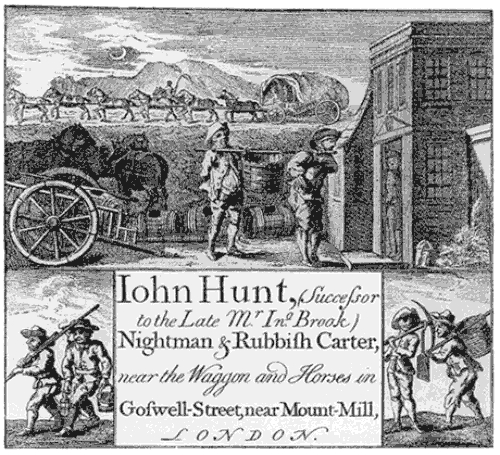
by Sandra Gulland | Nov 22, 2016 | Baroque Explorations, Mistress of the Sun, Resources for Readers |
As I’ve no doubt mentioned before, I’m a big fan of Renaissance magazine. I devour every issue as soon as it arrives. It’s largely intended for devotees of living history, specifically those who participate in Renaissance fairs. That aspect of the publication doesn’t appeal to me, but their historical background and news items are fantastic. I end up tucking at least one article per issue into a research database (by photographing and emailing it to Evernote).
I dog-eared two articles in the April/May 2013 issue: one on the Weald and Downland Open Air Museum in England (drool, some day I hope to go), and the other on that most secretive of topics—the privy.
I was taken aback by this remark by a travelling Italian priest in 1518:
“Whereas in Germany there are one or two tin chamber pots to every bed (in Flanders they are made of brass and very clean), in France for want of any alternative, one has to urinate on the fire. They do this everywhere, by night and day, and indeed, the greater the nobleman or lord, the more readily or openly he will do it.”
I’d read of this practice — I have such a scene in my last novel, Mistress of the Sun, when a child is overtaken with the need to relieve herself — but frankly, I didn’t think it so commonplace.

The French, in turn, are reported to have been horrified by the British habit of men relieving themselves at the dining table:
English gentlemen, known for their prodigious drinking habits, were wont to relieve themselves where they were – in the dining room, for instance, or in a common room of a public inn – where they did not always aim straight and true (as the young man at left), much to the chagrin and disbelief of French travelers, some of whom wrote about this unsanitary habit. (As reported in a review of the book Privies and Water Closets by David J. Eveleigh on the excellent blog, Jane Austen’s World.)
Some details from the Renaissance magazine article that may show up in one of my novels:
“Night men”—who cleaned out the cesspits—were well paid, as much as skilled tradesmen.
Refreshing a privy with juniper.
One sometimes sees images of several privy holes all in a row. I have a friend who restored a house in Mexico, formerly a monastery. What’s now their breakfast nook was once a three-hole privy. I suspect this was a social time. (Let’s see this in fiction!)
Of course people would build their privy over a river or stream, but what to do in town? Some built a privy on a sort of bridge connecting two houses, emptying into an alley. (Gross.)
The wealthy, of course, often had more elegant solutions …

… when they weren’t using the fireplace, that is. ;-(
Coincidently, just this week there is a post on this subject — “Secrets of a Roman Sewer” — on the wonderful historical blog Wonders & Marvels. There is a great deal to be learned from “poo,” but I’ll leave it at that.
I know this subject seems like an unpleasant diversion from writing about a glamorous Hoyden or Firebrand, but when writing about such a person in fiction, one rather needs to know! As well, I confess: my husband and I had an outdoor privy when we moved to our log cabin in the country, decades ago. I think of it with great affection. As a mother of toddlers, I would enjoy a quiet minute or two on what my own characters refer to as “the necessary.”
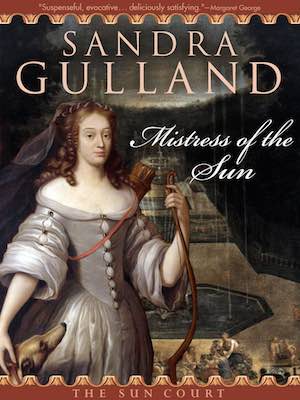
by Sandra Gulland | Apr 17, 2012 | Adventures of a Writing Life, Mistress of the Sun, Sandra Gulland INK |
{Cover of my e-book edition of Mistress of the Sun.}
In preparing to e-book publish my existing novels in the UK and beyond, I’ve had to revise, and then have them retyped and proofed. (Thank you so much, my FaceBook Fan Page readers!)
I, too, have had to carefully reread all of them, which has been quite an experience for me.
As well as timely.
In preparing to write a Young Adult novel about Josephine’s daughter Hortense, it has helped a great deal to re-read the Trilogy.
In writing This Bright Darkness (working title of The Next Novel) — a novel set in the Court of the Sun King — it’s been vital for me to reread Mistress of the Sun.
Firstly, I’ve recognized important changes I will need to make to This Bright Darkenss.
But secondly, I have had the opportunity to revise Mistress of the Sun. (The process never stops!)
At the Banff Book Discussion Weekend this last summer, a reader questioned the use of the word “shenanigan” in Mistress of the Sun.
Quite rightly! The first use of that word wasn’t until 1855.
I considered changing “No shenanigans—” to “No nonsense—”, but that didn’t quite convey the meaning I wanted. (Clorine is warning Petite not to have sex with old Gautier.)
Exploring possibilities in the on-line Oxford English Dictionary is one of the tasks I love best, so after some searching, I settled on another word. It’s quite old, quite rare and mysterious, but I think it gives more of a sense of Clorine’s meaning:
Clorine wagged a finger. “No chuffing—”
“Don’t worry!” Petite said, cutting her off before she said more.
Do you love it? It’s a word that goes back to 1200, and it means cheating, deceit, or falsehood. Plus, if you ask me, it sounds just a little bit rude.

Update: I admit I’m chuffed over how many have expressed interest in the word chuffing. (Thanks to Anita Davison for pointing out the modern English use of the word.)
Now, another change. Although “nickname” is a very old word, it feels modern to me — and, I suspect, to readers. Thus, I’m changing it to the dignified “sobriquet.”
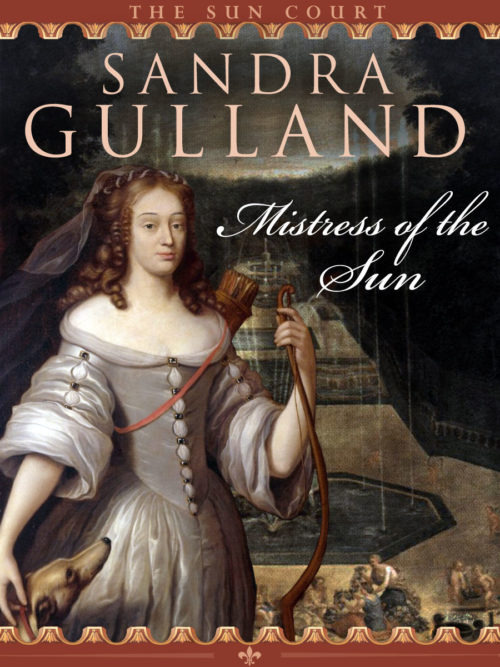
by Sandra Gulland | Mar 3, 2012 | Adventures of a Writing Life, Mistress of the Sun, Promotion, Publication, Sandra Gulland INK, The Shadow Queen, The Sun Court Duet |
A few weeks ago, as I’ve likely mentioned on this blog, I gave a workshop at the San Miguel Writers’ Conference: Net Book Promo for Luddites. I had given this workshop two years before at the Kingston WritersFest, but quite a bit had changed since then.
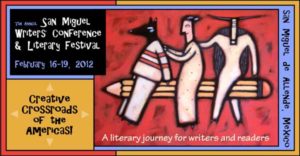
My intention is to someday offer the content of this course as a free e-book on this site.
The workshop went very well, but the experience, for me, was a bit fraught because:
1) of course the Wi-Fi didn’t connect,
2) we needed to track down a cord that would connect my newish Mac to the projector,
3) only to realize that I didn’t have the files I needed on my computer (because I was expecting a different type of projector).
And then Naomi Wolf slipped into the class: she of the kazillion Social Media followers! (If you haven’t read her book — or seen the resultant movie — The End of America: do. Extremely important.)
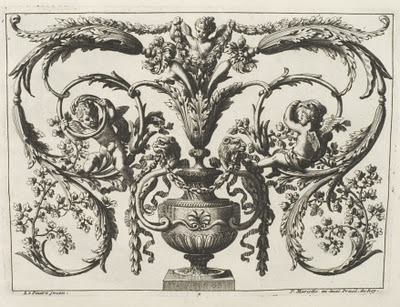
During the conference and after, writers Merilyn Simonds, Wayne Grady, Margaret Atwood and Graeme Gibson stayed with us. Do you think we talked about writing and publishing? You bet. It was a wonderful week.

With the help of novelist, designer and tech wiz Kris Waldherr, I’m getting closer to launching Sandra Gulland Ink, my e-book publishing venture.
The covers have been finished, accounts set up with Kobo and Amazon — iTunes yet to come. (Apple is so slow!)
I read a lot of e-books, and I want these to be special. Kris has done a beautiful job of designing the books inside and out. I’m imprint proud!
Also, of course, I’ve had to re-read all my books, to proof them. Also, of course, I’ve made changes.
I’ve been putting off re-reading Mistress of the Sun, however — but the time has come. It’s timely, because right now I’m working on the final draft of This Bright Darkness (working title of what will become The Shadow Queen), and the two novels are linked.
As I’m rewriting, I think often of Ariel Gore‘s summary of the revision process: lather and rinse, lather and rinse. Right now, I’m lathering, working up detail, adding scenes. Then I’ll edit (rinse) before I send the manuscript to my editor.
And then it will be time to dive into the next novel, my YA about Josephine’s daughter Hortense.
Busy: yes!



















